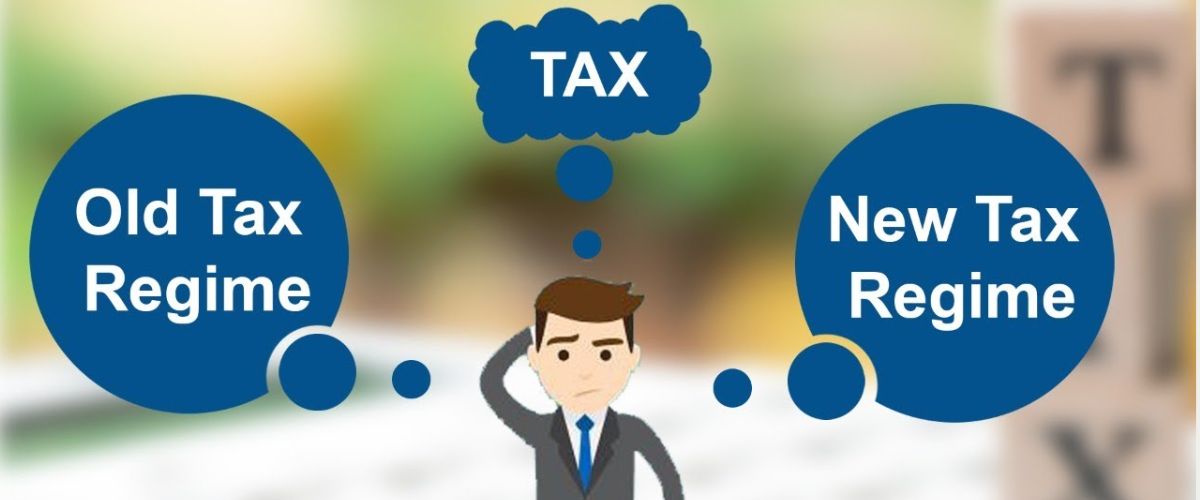


Since 2020, Indian taxpayers have had the flexibility to choose between the old tax regime and the new tax regime while filing their income tax returns (ITR). While the old regime allows multiple exemptions and deductions under sections like 80C, 80D, and 24(b), the new regime offers reduced tax rates but eliminates most of these benefits for a simpler tax filing process.
For the financial year 2024–25, choosing the correct regime can make a significant difference in your tax outgo. This blog provides a detailed comparison of both regimes, helping you make an informed decision.
The old regime has been the default choice for decades, offering higher tax rates but also numerous deductions and exemptions that can reduce your taxable income.
Higher tax rates compared to the new regime.
Multiple deductions and exemptions such as HRA, LTA, and standard deduction.
Encourages disciplined savings and investments in tax-saving instruments.
Requires maintaining proofs like rent receipts, insurance premium receipts, or investment details.
Section 80C: Deduction up to ₹1.5 lakh for investments like PPF, ELSS, EPF, Sukanya Samriddhi Yojana, 5-year tax-saving FDs, and life insurance premiums.
Section 80D: Deduction up to ₹25,000 for health insurance premiums (₹50,000 for senior citizens).
HRA: Exemption for salaried individuals paying rent.
LTA: Exemption for domestic travel expenses, claimable twice in 4 years.
Home Loan Interest (Section 24b): Deduction up to ₹2 lakh for self-occupied properties.
Standard Deduction: ₹50,000 flat deduction for all salaried employees and pensioners.
Section 80TTA/80TTB: Deductions on interest earned from savings accounts (up to ₹10,000) and up to ₹50,000 for senior citizens.
The new regime was introduced in FY 2020–21 to simplify tax calculations. It offers lower tax rates but removes most traditional exemptions and deductions.
Lower slab rates, starting at 5% for income above ₹3 lakh.
Minimal paperwork—no need to maintain proof of investments or expenses.
Best suited for individuals who do not invest heavily in tax-saving products or claim housing/rent benefits.
Default option from FY 2023–24 unless the old regime is selected manually.
Up to ₹3 lakh: Nil
₹3 lakh – ₹6 lakh: 5%
₹6 lakh – ₹9 lakh: 10%
₹9 lakh – ₹12 lakh: 15%
₹12 lakh – ₹15 lakh: 20%
Above ₹15 lakh: 30%
Standard Deduction: ₹50,000 for salaried individuals and pensioners.
Employer’s NPS Contribution (80CCD(2)): Up to 10% of salary.
Section 87A Rebate: Full tax rebate if taxable income is up to ₹7 lakh.
Agniveer Corpus Fund (80CCH): Deduction for contributions by individuals under the Agnipath Scheme.
| Aspect | Old Regime | New Regime |
|---|---|---|
| Tax Slabs | Higher rates | Lower rates |
| Section 80C Deductions | Allowed up to ₹1.5 lakh | Not allowed |
| HRA & LTA | Available | Not available |
| Home Loan Interest | Deduction up to ₹2 lakh (self-use) | Not available |
| Standard Deduction | ₹50,000 | ₹50,000 |
| Rebate (87A) | Up to ₹5 lakh | Up to ₹7 lakh |
| Best For | Taxpayers with high deductions | Taxpayers with minimal claims |
When filing ITR for FY 2024–25, consider:
Your Annual Income:
If your income is below ₹7 lakh and you have no deductions, the new regime is more beneficial due to the ₹7 lakh rebate.
Your Investments:
If you invest in instruments like PPF, ELSS, or pay home loan EMIs, the old regime can save you more tax.
Your Allowances:
If your salary structure includes HRA or LTA, the old regime provides added benefits.
Flexibility:
Salaried individuals can switch between regimes each year, while business/professional taxpayers have limited flexibility.
Default Regime: If no selection is made, your tax will be computed under the new regime.
Switching to Old Regime: Select the option manually while filing your ITR. Taxpayers with business income must submit Form 10-IEA before filing returns.
Both tax regimes have unique advantages. The old regime works best for those who utilize deductions under sections like 80C, 80D, or have housing loans and HRA. The new regime is ideal for individuals who prefer a straightforward, hassle-free filing process with fewer deductions.
Before filing your ITR for FY 2024–25, calculate your tax liability under both regimes and choose the one that reduces your total tax outflow.
Have questions about tax filing or financial compliance? Share your thoughts, and let our experts guide you with accurate and reliable advice.
Try it Risk Free we Don’t Charge Cancellation Fees.


Post By : CA Madhur
Jul 22, 2025